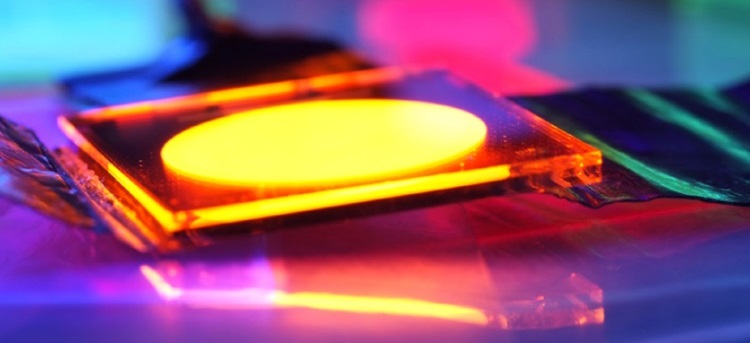University of St Andrews’ Multidisciplinary Research Holds Promise for More Efficient Televisions, Computer Screens, and Lighting
New multidisciplinary research from the University of St Andrews could lead to more efficient televisions, computer screens and lighting.
Researchers at the Organic Semiconductor Centre in the School of Physics and Astronomy and the School of Chemistry have proposed a new approach to designing efficient light-emitting materials in a paper published this week in Nature (Wednesday 27 March 2024).
Light-emitting materials are used in organic light-emitting diodes (OLEDs) that are now found in the majority of mobile phone displays and smartwatches, and some televisions and automotive lighting.
The latest generation of emitter materials under development produce OLEDs that have high efficiency at low brightness, but suffer reduced efficiency as the brightness is increased to the levels required for lighting and outdoor applications. This problem is known as ‘efficiency roll-off’.
Researchers have identified the combination of features of materials required to overcome this problem. Guidelines developed by the team of researchers, led by Professor Ifor Samuel and Professor Eli Zysman-Colman, will help OLED researchers develop materials that maintain high efficiency at high brightness, enabling the latest materials to be used for applications in displays, lighting and medicine.
Commenting on the research, Professor Zysman-Colman explained that the findings “provide clearer insight into the link between the properties of the emitter material and the performance of the OLED”.
Professor Samuel said: “Our new approach to this problem will help to develop bright, efficient and colourful OLEDs that use less power.”

